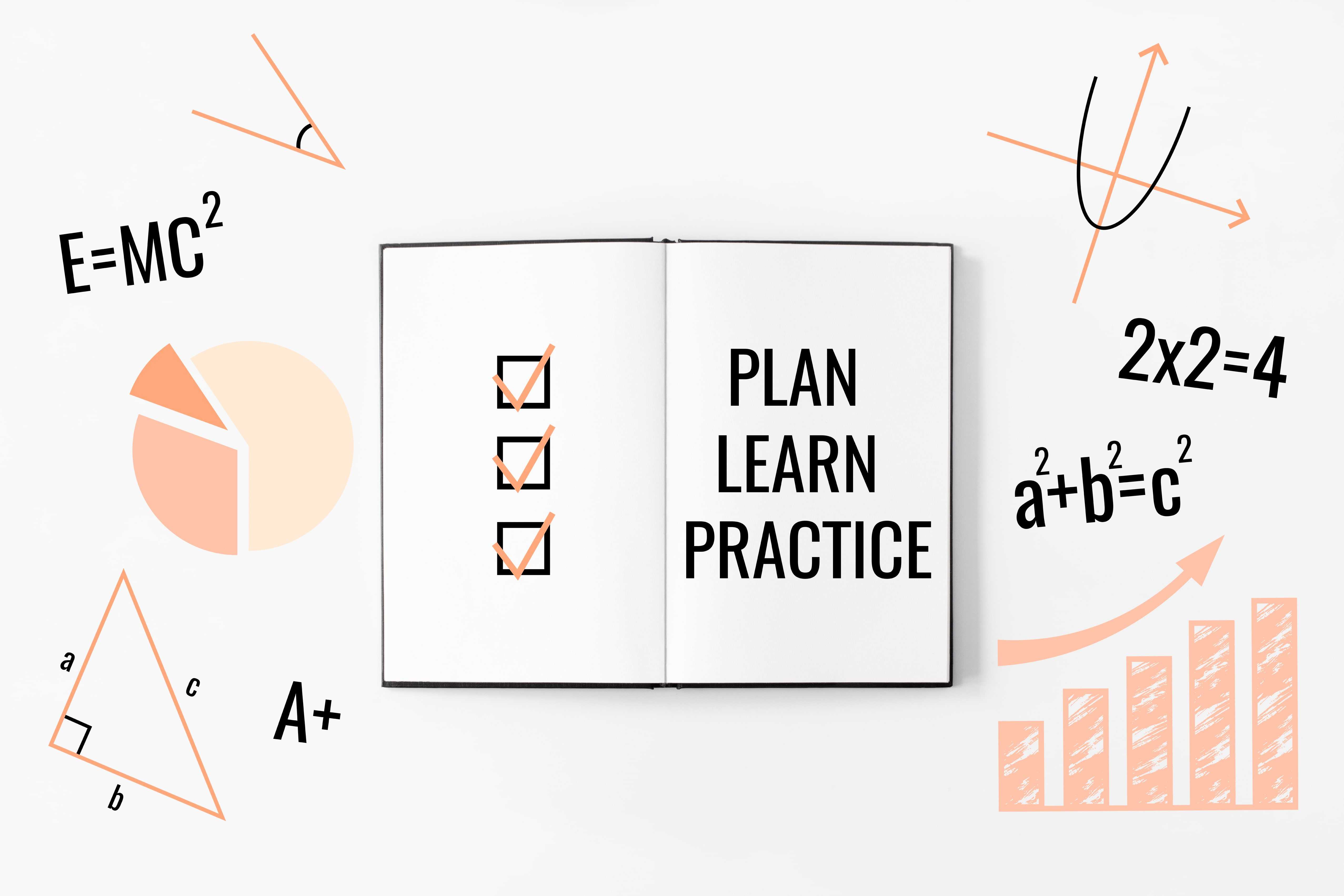As parents, a common sight is watching your children seated at the dining table, scribbling away at their homework. Delightful, isn’t it? And hey! In most cases, they even nail it. But should we really consider learning a topic at school and then racing home to complete practice tests on the same topic as a marker of successful learning? We think not!
Parents, let’s introduce you to the concept of spaced practice that allows your child to truly learn and truly retain their subject matter. As the name suggests, spaced practices entail spreading or dividing the amount spent studying a particular topic over a period of time. In the simplest sense, spaced practice is the antithesis of cramming. So, if your child were to spend eight hours on a Monday studying about constellations, they could dedicate two hours to it on that day and then revisit the topic on a Thursday or Friday for a few more hours.
In distributing your child’s learning sessions, a certain amount of forgetting takes place which is actually encouraged. On Friday, your child may not remember everything that they have studied previously and that is completely natural. This is because to effectively remember something, you have to forget it. Let’s bring to mind the forgetting curve. The forgetting curve represents the amount of knowledge that is lost or forgotten over time because it is not visited often. This proves that when you learn something once, you tend to forget it as days or weeks go by, thus making it crucial to review the information again.
When this happens, your child is forced to delve deep into his memory and retrieve what he or she has previously learnt. The bottom line is that it makes your child’s brain work harder. Through this mini workout, their minds form connections between the learnt concepts. It is these connections that help your child understand a topic better.
But this isn’t the only reason that spaced tests are effective. One of the reasons cited by psychologists is the manner in which students process information. When you allow your child to break the subject matter into smaller chunks, it relieves them of the pressure to finish the entire portion in one session. This is especially important as it is said that at first glance, they do not pay too much attention to the details. These little details are overlooked during massed practices or while cramming in an attempt to complete a topic. Hence, it is important for a particular topic to be divided into smaller sessions as each session serves as an opportunity to go back and relook at the details. This lets your child fill the gaps in their knowledge, making them more confident in the face of an exam.
Planning a schedule that makes room for spaced practice tests at home is simple. Start by planning early, perhaps during the summer vacation. Remember that the key is not to cram. To accomplish this, set aside a few hours daily to study. This means that your child’s learning will be stretched over weeks and months before the exam. The time that you set aside for them to study need not to long and does not necessarily have to cover ever detail of what has been learnt in school on that particular day. Repeatedly visiting the same topic will help your child absorb all the details eventually. Lastly, while learning new material, make sure you carve out time for your child to go back and learn older topics. You can simply dedicate 75% of their time to learning new material and 25% to old topics.
At Studi, cramming a sizable amount of information in a single session is a complete no-no. Our Adaptive Studi Planner plays a crucial role in juxtaposing practice sessions with learning sessions. Hence, we ensure that this planner is followed to a T. At the end of every short video, we list a series of questions to ensure that the student has comprehended a topic. These questions are designed to help the student recall what they just learned. This serves as the first practice set. Studi then rolls out another practice session for your child after completing all revision videos in a topic, making it the second set of practice tests. Once a student completes this, they advance to the third set of practice that encompasses questions from the whole chapter after it is learnt. If this isn’t enough, Studi also makes room for a practice test for every topic five days after you’ve covered it. The fifth and final practice session takes place when Studi identifies an area in which a student needs additional attention. This can also take place if at the time of creating a plan, a student points to a subject that needs more effort. In that case, Studi schedules an extra set of practice tests.
As the months progress, your child will get into the habit of dividing their work instead of cramming a week before the exam. This will enable your child to establish a strong foundation that will be evident in his test scores.




